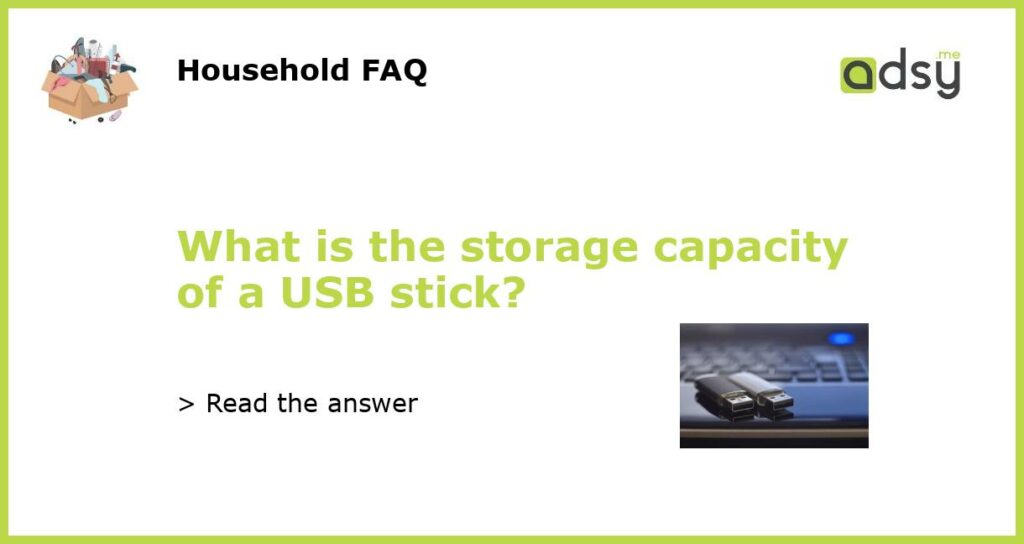Understanding the Storage Capacity of a USB Stick
A USB stick, also known as a USB flash drive or thumb drive, is a portable storage device that allows you to store and transfer data. These small devices have become incredibly popular due to their convenience and versatility. However, the storage capacity of a USB stick can vary greatly depending on the manufacturer and model. Let’s dive into the details of USB stick storage capacity to help you understand how much data you can store on these handy devices.
Factors Affecting USB Stick Storage Capacity
Several factors determine the storage capacity of a USB stick. These include the physical size of the device, the type and quality of the memory chips used, and the technology implemented within the USB stick. While USB sticks can range in capacity from as little as a few gigabytes (GB) to several terabytes (TB), the most common sizes you may come across are 4GB, 8GB, 16GB, 32GB, 64GB, 128GB, and 256GB. Some USB sticks can even exceed these capacities, providing storage options of 512GB or 1TB.
How Much Data Can You Store in Different Capacities?
Understanding the storage capacity of a USB stick and how much data it can hold will help you determine which size is right for your needs. Here’s a breakdown of the approximate amount of data each USB stick capacity can hold:
- 4GB: Around 1000 photos, 200 music files, or 1 hour of video footage.
- 8GB: About 2000 photos, 400 music files, or 2 hours of video footage.
- 16GB: Roughly 4000 photos, 800 music files, or 4 hours of video footage.
- 32GB: Approximately 8000 photos, 1600 music files, or 8 hours of video footage.
- 64GB: Around 16,000 photos, 3200 music files, or 16 hours of video footage.
- 128GB: Roughly 32,000 photos, 6400 music files, or 32 hours of video footage.
- 256GB: Approximately 64,000 photos, 12,800 music files, or 64 hours of video footage.
Factors to Consider when Choosing a USB Stick
When selecting a USB stick, it’s important to consider your storage needs and usage patterns.
- Storage Needs: Determine how much data you typically need to store and transfer. If you primarily work with text documents and small files, a lower capacity USB stick may be sufficient. However, if you frequently work with high-resolution photos, large video files, or complex software, you may want to opt for a higher capacity.
- Usage Patterns: Consider how often you’ll be using the USB stick and in what contexts. If you plan to carry it with you everywhere, compact and lightweight options would be more convenient. However, if it will mainly be used for long-term storage or as a backup device, durability and reliability become essential factors.
- Price: Naturally, the higher the storage capacity, the higher the price. It’s important to balance your budget with your storage needs to ensure you’re getting the best value for your money.
USB sticks offer a convenient and portable solution for storing and transferring data. When choosing a USB stick, consider the storage capacity that best suits your needs and usage patterns. Remember that the actual usable storage space may be slightly less than the advertised capacity due to formatting and system files. By understanding the factors that affect USB stick storage capacity and the approximate amount of data each capacity can hold, you can make an informed decision and ensure you always have enough storage space for your files.






